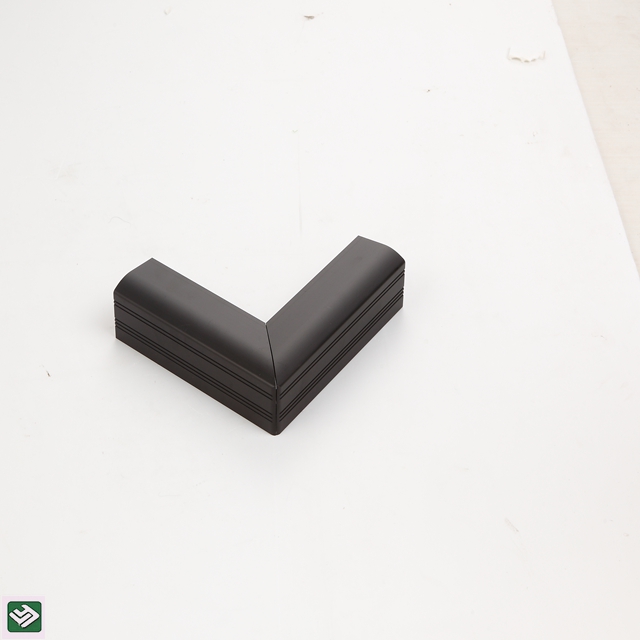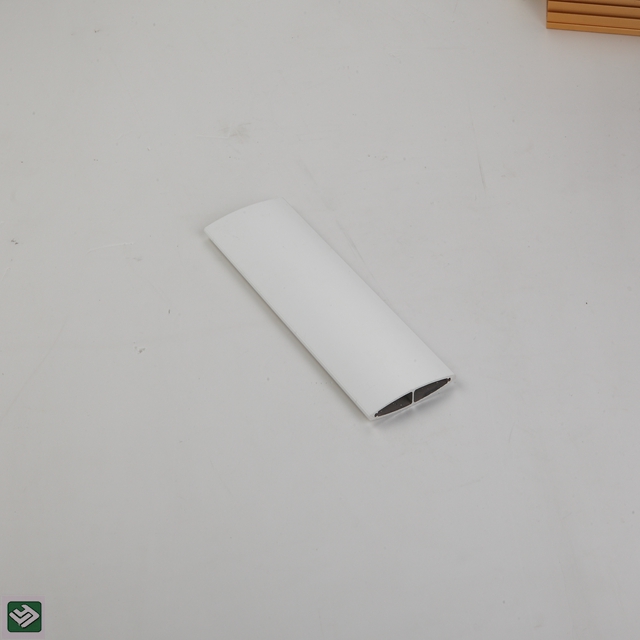Extruded aluminum is a continuous item of lightweight aluminum, generally with a consistent profile or cross-section over its entire length. It is made forcibly a block of lightweight aluminum, called a billet, through a die opening that is smaller than the initial cross-sectional location of the billet. The extrusion procedure can be warm or cold, depending upon the type of lightweight aluminum alloy as well as the extrusion technique made use of.
Lightweight aluminum is an excellent material because it is lightweight, solid as well as rust-resistant. In its pure kind, it is soft as well as has low strength. To boost its mechanical properties, it is normally alloyed with aspects such as copper, magnesium, manganese, and also silicon. Additionally, it can be warmly treated to additional boost strength as well as ductility as well as to achieve the appropriate equilibrium.
Lightweight aluminum is the most generally used metal for extrusion molding. This steel has a one-of-a-kind mix of mechanical buildings, such as high stamina, low thickness, and great machinability. These properties are almost continuous in all temperature levels.
Aluminum is prominent for its lightweight and high toughness. Its density has to do with one-third that of steel. Depending on the quality, lightweight aluminum alloys are up to 5 times more powerful than steel. Because of this property, aluminum is widely made use of in aerospace and vehicle applications.
How Strong is Extruded Light Weight Aluminum? The quick response is, "remarkably solid," but that does not help with your style decisions.
By "toughness" we imply the tons a material can take in the past falling short. That's termed "tensile strength" and also it's revealed in lbf/in ², or MN/m2 in the metric system. If you Google "toughness of aluminum" you'll see it relates to product quality, with some qualities far stronger than others.
A second facet to stamina is the nature of the tons, and also this is where shape can be found in. Some shapes hold up to be used tons better than others. And last, temperature level can likewise impact worldly stamina.
So let's take a much deeper study of the topic of extruded lightweight aluminum strength. We'll discuss stamina aspects.
Pure aluminum are extremely soft. It gets its strength from the addition of alloying elements. The most commonly utilized are silicon, iron, copper, magnesium, manganese, and also chromium. The commonly made use of the 6000 collections as an example is alloyed with significant silicon and magnesium and some 6000 series alloys additionally include considerable iron. The outcome is a corrosion-resistant, lightweight product readily available in the tool to high-strength forms. (Typical yield worths are around 30,000 lbf/in ².).
A fascinating indicate keep in mind regarding lightweight aluminum is that toughness really enhances at extremely reduced temperature levels. This contrasts with steel, which comes to be breakable. So when examining tensile stamina values remember the expected solution temperature levels. Also, while we're bashing steel, remember that per unit weight, aluminum is the more powerful material. (This is the "specific strength" worth.) That can be essential when low weight is just one of the style criteria you're facing.
Lots of architectural components are either axial, (tensile or compressive,) flexing, or torsional (twisting.) The shape has little bearing on the material's capacity to withstand axial tons yet does affect resistance to flexing and torsion.
I-beams are extensively made use of for their resistance to bending lots, but are just truly strong in the direction of the internet dividing top and also bottom. This strength originates from how the reduced flat area is pressed while the top is stretched by a ton. However, they are less solid when the lots originate from the side.
Square areas offer equal stamina in both upright and straight instructions, though in neither instruction are they rather as solid as an "I" in its strongest instructions. Rectangle-shaped section squeezed out lightweight aluminum is the toughest in the best direction. So you could make a section for the precise horizontal and vertical strength required. Where squares don't work well though remains in standing up to torsion.
Like squares, circular sections use resistance to straight and also vertical flexing, however, they are not as solid as a square area making use of the very same amount of steel per direct inch. We'll save you the math, (due to the fact that calculus was never ever our strength,) yet suffice to say, a square section puts even more material additionally from the center of gravity.
Where round areas do score remains in resistance to torsion. Interestingly though, while toughness is proportional to size it doesn't make a lot of difference whether a shaft is hollow or solid. Wall surface thickness establishes tube stamina, but only up to a point. The physics is in fact much the same when it comes to the I-beam: it's the product outermost away from the center of mass that gives a lot of the toughness.
Lightweight aluminum extrusions are produced forcibly a billet of aluminum via a die. This creates considerable work-hardening, proportional to the reduction in area. The effect is irregular though, being greatest outside sides where there's been more contortion.
The aluminum composition has an impact on "extrude-ability" (if that's a word.) Silicon in the 6000 series qualities implies they squeeze out quickly and quickly. On the other hand, 7000 series qualities are much more challenging to squeeze out. This indicates a 6000 quality lightweight aluminum can be extruded faster than a 7000, which assists keep the price down.
The factor we're making here is that there's no basic answer to the concern, "Exactly how solid is extruded aluminum?" All we can state is, "How solid do you want it to be?" Some qualities are a lot more powerful than others, but that typically makes them tougher to squeeze out and contributes to a greater cost.
As kept in mind, the sample does have a large impact on the toughness of extruded aluminum, the exception being when tons are axial. The trick to choosing the toughest shape is to understand what tons will be put on your structure. If they're mostly in one instruction an I-beam is probably strongest. If you can not say where the greatest loads will originate from, select a square area, and if turning will certainly be substantial you might be finest off with a round tube.
There are several good reasons for using extruded lightweight aluminum in your following fabrication project, but we understand toughness is a concern for some people. Every case is various however it's our experience that in many applications it functions also or better than steel. In other words, it can be solid enough. If you'd like to review your certain project or interest in us, please telephone call, e-mail, or just drop in. We're constantly satisfied to talk.

